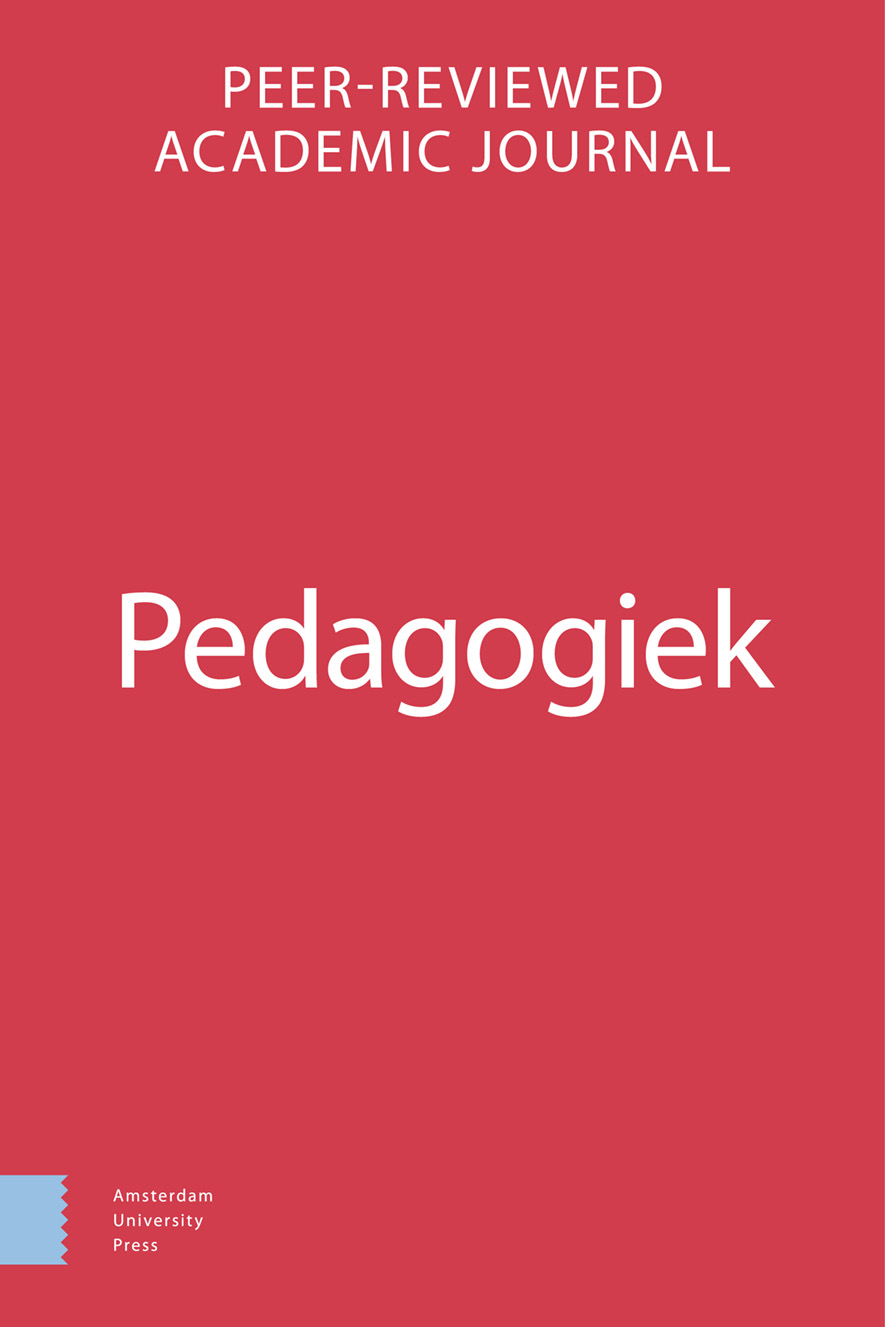-
oa Opvattingen over beperkingen in de Koerdische Autonome Regio (KAR): Het perspectief van belanghebbenden
- Amsterdam University Press
- Source: Pedagogiek, Volume 45, Issue 1, May 2025, p. 4 - 34
-
- 01 May 2025
Abstract
The Kurdistan Region of Iraq (KRI) in Iraq faces significant challenges regarding the implementation of the UN Convention on the Rights of Persons with Disabilities. For effective policy development, it is essential to understand attitudes towards disabilities, particularly among key stakeholders. In this study, interviews were conducted with twelve adults from various sectors who are directly or indirectly involved with people with disabilities. At the macro level, three policymakers involved in educational policy were interviewed. At the meso level, a high school teacher, two university lecturers, and an education inspector were included. At the micro level, two adults with disabilities and three parents of children with disabilities were interviewed as experts by experience. The eight fundamental principles outlined in Article 3 of the UN Convention formed the basis of the research. The theoretical framework focused on the development of perspectives on disabilities: from a moral-religious model through a medical model to a social model. The moral-religious model sees disabilities as a punishment from God, while the medical model views them as conditions that need to be treated. The social model argues that society fails to sufficiently recognize the rights of persons with disabilities, preventing their full participation. The interviews revealed that nearly all respondents adhered to the medical perspective, except for one expert by experience who represented the social perspective. Notably, almost none of the respondents were familiar with the content of the UN Convention. Nevertheless, the interviews suggest an emerging awareness, which offers hope for the future of people with disabilities in the KRI.


